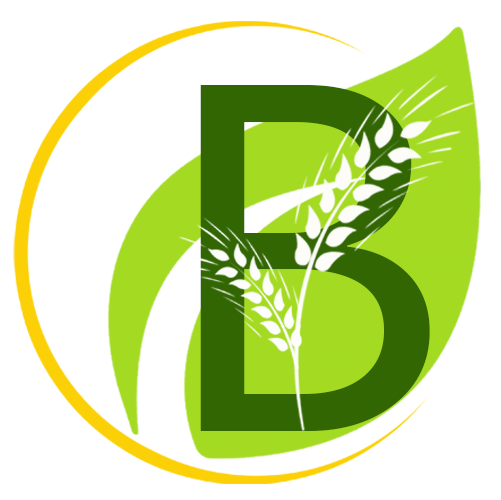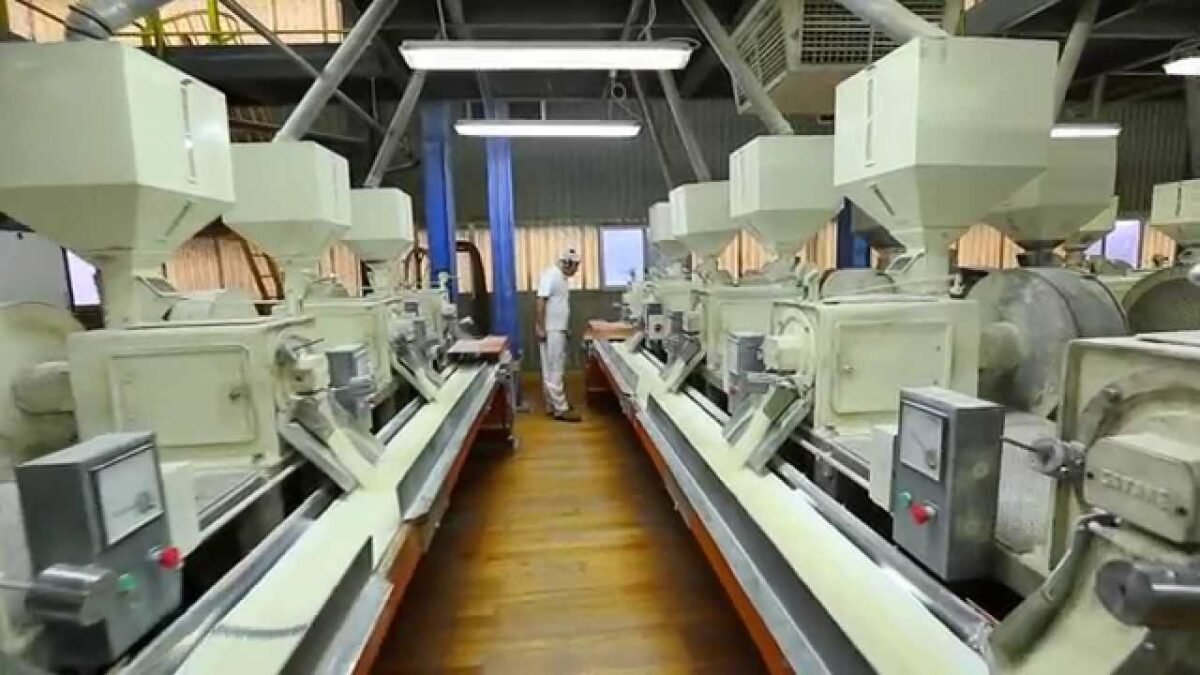By Arshad Shaha
The backbone of India’s agricultural sector is the country’s rice industry. Regarding employment, exports, and economic growth, it is a significant sector of the economy. The most widely grown and consumed rice varieties in India are brown rice and white rice. The staple food for many individuals across the nation is rice, which is also India’s main food. Given that rice farming is amid the main sources of income for farmers in India, rice milling is a crucial sector of the economy. Due to its superior quality and reputation for aroma, Indian rice is exported all over the world. India is a significant center for the processing and milling of rice due to the ease with which the raw material is made available.
Stages in Milling
As one of the most significant food crops in India rice is consumed by about 65 percent of the country’s people. Because rice cannot be eaten in its raw state, a need for processing arises. Three basic steps are typically present in a milling process:
1. Husking
2. Polishing/Whitening
3. Blending, Grading, & Packaging
Several additional modifications are present in modern mills that not only simplify the procedure but also result in higher yields of better-quality rice. Today’s milling procedure includes:
- Pre-Cleaning- To separate unfilled grains and impurities
- De-Stoning- Remove stones from the paddy
- Husking- To remove husk from the paddy
- Husk Aspiration- To separate husk from the unhusked brown/paddy rice
- Paddy Separation- To separate unhusked paddy from the brown rice
- Whitening/Polishing- To remove germs and bran layer and improve the appearance.
- Separate the white rice into different parts- head, large, & broken rice
- Mixing- To determine the mix as needed by consumers
- Weighing and packaging of rice
Rice Milling Objectives
- To produce edible rice which is free of stones, husk, and other forms of unwanted materials
- Reduce the breakage and wastage of grain
- Maximize the yield of rice
Tips to Start Rice Milling Business
With a yearly turnover of Rs 25,500 crore and major export markets in Saudi Arabia, the United Arab Emirates, Kuwait, and Iran, rice milling is both the largest and the oldest agro-industry in India, taking up about 37% of the total area planted. West Bengal is the top rice producer in the nation (16%), which is followed via UP, AP, and Punjab with 13 percent, 12 percent, and 9.47 percent of the nation’s total rice production, respectively. About 65 percent of the population receives food grains from the milling industry, which annually processes of about 85 million tonnes of paddy. You must obtain a number of licences and permits from the relevant government agencies before starting a rice milling business. You must:
- register your organization with Registrar of Companies;
- complete the Udyog Aadhaar Ministry of MSME registration;
- obtain a factory licence;
- obtain permission from the Pollution Control Board to establish and operate;
- submit an application for a licence under the Rice-Milling Industry Act of 1958;
- register for VAT;
- complete the PFA and ESIC registration for employees; and
- register for IEC for exports
Different Machineries Needed
- Bucket Elevators
- Rice grader/aspirator
- Paddy polishers
- Barn aspirators
- Husk aspirators
- Blower aspirators
- Paddy separator
- Paddy shelter
- Paddy cleaner & aspirator with double fans and damper controls
Need of Modernization
Small and medium-sized rice mills are the two categories into which they fall in India. Huller mills are small-scale rice mills. Other mill types include Huller mills, Sheller mills, Huller shells cum Sheller mills, & modern mills. The rice mill needs to be modernized because the technology in rice milling industries is changing so quickly. The modernization of the mills is also encouraged by the government. The most recent technology has replaced outdated equipment with friction-type whitener polishers, emery- coated cylinders, dry and wet mist polishers, and rubber roller technology for husking and paddy separators in a two stage whitening process.
Modernization has increased milling quality and yield and is necessary. Better yields and fewer losses were a result of the most recent technology. With this technology, productivity & efficiency also rise. This is the most recent computer-aided design that allows us to obtain rice of a higher quality while making a profit. These devices are built using cutting-edge energy-saving technologies.
Bottom Line
Due to the shrinking amount of arable land and the deteriorating soil quality and rice quality, changing environmental conditions & an increasing population pose serious threats to the rice milling industry. None of these circumstances, however, significantly affect rice demand. As long as people are on the planet, there will be a need for food. It is consumed via both the wealthy and the poor and is necessary for human survival.


